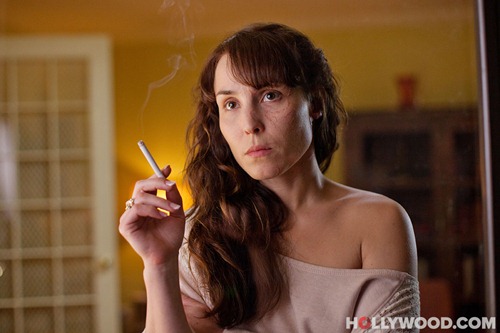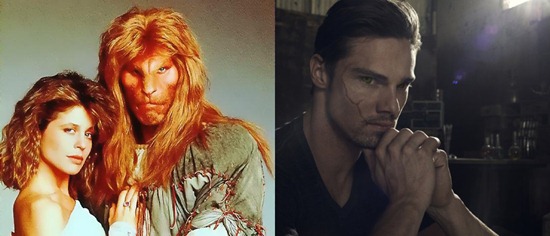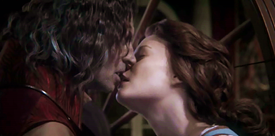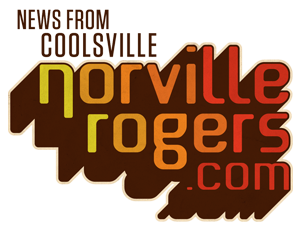Remember that story about a handsome young man whose beauty masked an ugly soul? He was cursed, so that his exterior truly represented his interior – he was turned into a monstrous beast. That curse could only be broken when he truly changed, and when that change was observed by a young beauty who loved that inner beauty despite the outer beast.
That tale as old as time is quickly being forgotten by our culture.
A couple of recent stories demonstrate how uncomfortable we’re getting with character as the definition of Beauty. Dead Man Down, the new film starring Collin Farrell and Noomi Rapace, feeds this unfortunate trend. The film itself isn’t bad. It’s got decent action and the script is actually pretty well-written. But the film’s treatment of Noomi Rapace’s Beatrice is so problematic it becomes absurd.
Dead Man Down is a pretty formulaic revenge flick where two broken people find healing in each other. The two leads – Beatrice and Victor are ugly souls who find beauty in each other blah blah blah. Beatrice has been in a car accident and has undergone a series of reconstructive surgeries to salvage her face. The film makes sure we know that Beatrice is a hideous creature. She’s clearly ashamed of her scars, and every time she leaves her apartment, the kids in the complex chase her, throwing rocks at her while shouting monster.
Yes, I’m serious.
So, are you ready to see this hideous monster? Here she is:

(If you can still see, you may need to click and enlarge the image to actually SEE the scars.)
Yes, I’m serious. This is the hideous monster small children would rather stone to death than have to face day after day.
Or consider the relaunched television series actually called Beauty and the Beast, starring Smallville‘s Kristen Kreuk as Beauty and newcomer Jay Ryan as the Beast. This series bears no connection (other than its name) to the Linda Hamilton/Ron Pearlman television series from 1987. But look what a difference 25 years makes in what we consider to be ‘beastly’:

Both Dead Man Down and the 2012 Beauty and the Beast take very pretty actors and turn them into “hideous monsters” by adding a relatively minor facial scar. Compared to the Disney cartoon, or even to Ron Pearlman’s leonine prosthetics. Hollywood is clearly unable (or unwilling) to show us true ugliness.
This inability to engage real ugliness should concern us for three reasons:
1. We are learning a false image of beauty.
I’ve written elsewhere about how toxic the ‘beauty culture’ is for our imaginations. Briefly: we learn what counts as ‘Beautiful’ from our culture. And because our culture is so image-driven today, we’re all consuming an untrue, unattainable standard of ‘Beauty’ that’s designed to leave us always wanting more, always feeling lacking.
We must learn to resist these false pictures of Beauty, to cultivate a Beauty that arises not from measurements, but character.
2. Scars don’t ruin Beauty, they reveal it.
These new shows tell us that scars are bad. That to be marked by our past is ugly. But scars can also tell stories of hope, of restoration. The story of Beauty and the Beast has always been that what makes us beautiful is our pasts, the experiences that have formed our character, the path we’ve taken to get to today. We need more stories like Julianna Baggott’s Pure trilogy, that remind us that the truest Beauty is that we find arising from the brokenness around us.
3. Beauty has become the Beast

The most absurd aspect of these new stories is how beautiful the Beasts are. Hollywood’s inability (or unwillingness) to make these actors ugly, to obscure their beauty behind prosthetics (or, God forbid, use actors who aren’t perfect physical specimens) is a cruel irony.
The original story of Beauty and the Beast was about a beautiful man whose character was deficient. He looked like a Beauty but was actually a Beast. By casting beautiful people as ‘beasts’ and choosing not to alter them, Hollywood is selling us shallow, false pictures of Beauty. They’re misrepresenting what Beauty actually is, teaching whole generations of viewers untruth for their own gain.
In this, Hollywood is no different from that prideful prince. Beauty has become the Beast – shallow and consumed with its own outer appearance. Unable, unwilling either to face what it really is or to share authentic stories.
We must recognize the foolishness of these contemporary Beauty and the Beast stories.
As we consume media, let’s be attentive to what they’re telling us about Beauty. We should laugh down stories like Dead Man Down and the new Beauty and the Beast as the absurd misrepresentations they are. That’s the first step toward recovering a healthy conversation on what makes us Beautiful and what makes us Beastly!
